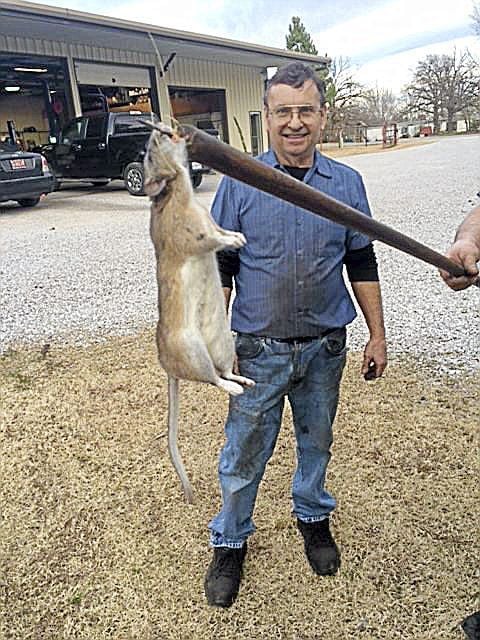

“It’s a long-term record, tens of thousands of years.” “So learning how they are affected by drought can be really valuable in understanding how domestic and wild animals are affected by drought,” Meachen said. Ungulates like bison, bighorn sheep, North American horses that went extinct and pronghorns are all related to animals still around, she added. What can we learn from that about modern species?” “The goal is to track drought sensitive and insensitive species. “Teeth are the main mode to extract the data,” Meachen said. Like tree rings, teeth can reveal periods of drought and wet years, as well as what the animals were eating. Horses are more sensitive to loss of water sources than pronghorns, which have adapted to live in dry areas. Ideally, Meachen would like to unearth ancient horse and pronghorn teeth from Natural Trap Cave to assess water fluctuations in the past. What they decipher could help us understand how North America will respond to climate change.ĭuring her six summers working in Natural Trap Cave and at sites like Rancho La Brea Tar Pits in Los Angeles, Meachen has already learned that rare species became more abundant as the earth’s climate changed, partly because there are fewer of the dominating common species around to compete with. “We’re able to find a wide variety,” which also includes animals that have fallen in on their own.įrom this buried assemblage, scientists like McGuire and her colleague on the dig - Des Moines University associate professor and vertebrate paleontologist Julie Meachen - are building a greater understanding of how the region, its animal and plant life changed over the past 30,000 years. “It tells you what the community looked like at that time,” said Julia Schap, a conservation paleobiologist working on her PhD at Georgia Tech.

Over the years, some of those objects have fallen to the bottom of the cave and been buried by sediment, leaving clues to the past, the Billings Gazette reports. “Pack rats compulsively gather all kinds of stuff in their nests - bones, shiny stuff, owl pellets, scat - and they bring it to their nest,” said Jenny McGuire, an assistant professor of Earth and Atmospheric Sciences at Georgia Tech University.Īt Natural Trap Cave in the foothills of the Bighorn Mountains, pack rats have built large nests on ledges above and around the 85-foot deep hole in the ground. The small rodents with big eyes are helping scientists decipher climate change deep inside a chilly Wyoming cave. the site a treasure trove for paleontologists. Thousands of animals have fallen into the cave and perished over the past 30,000 years, making the site a treasure trove for paleontologists. Jenny McGuire, an assistant professor of earth and atmospheric sciences at Georgia Tech University, holds a small bone she unearthed in Natural Trap Cave in northern Wyoming, near Lovell, Wyo., on July 8, 2021.


 0 kommentar(er)
0 kommentar(er)
